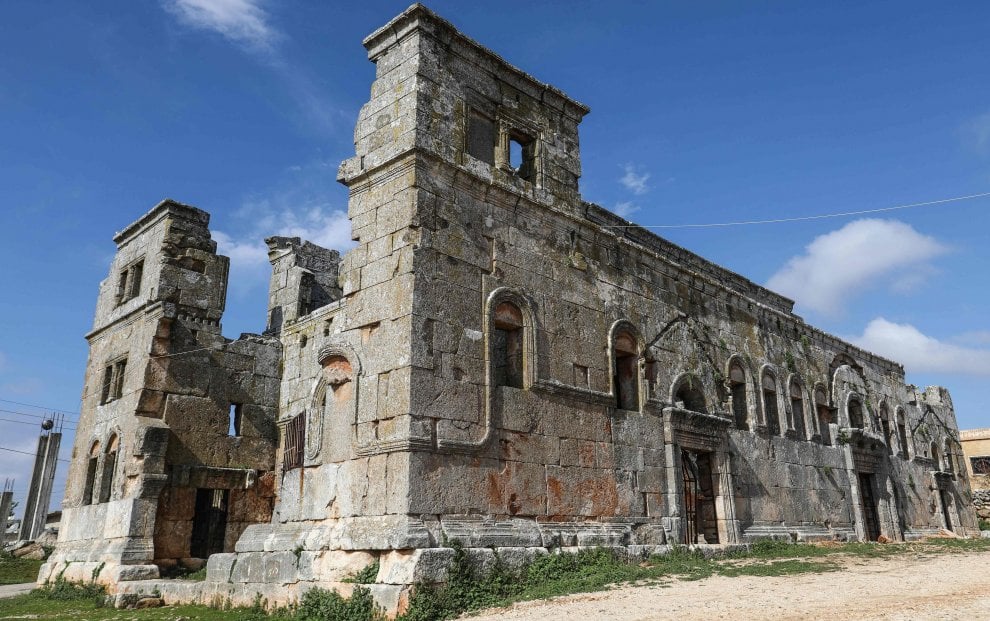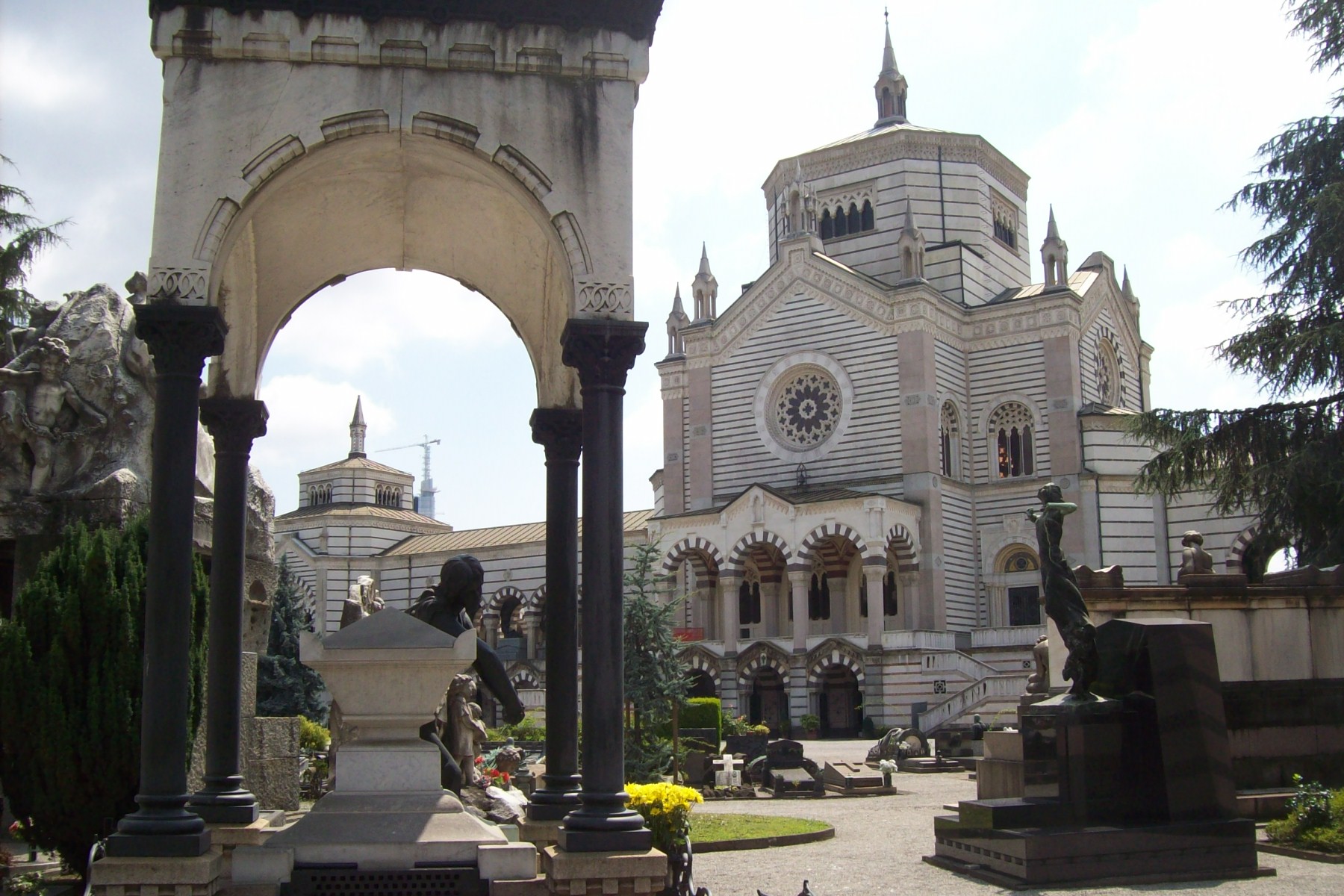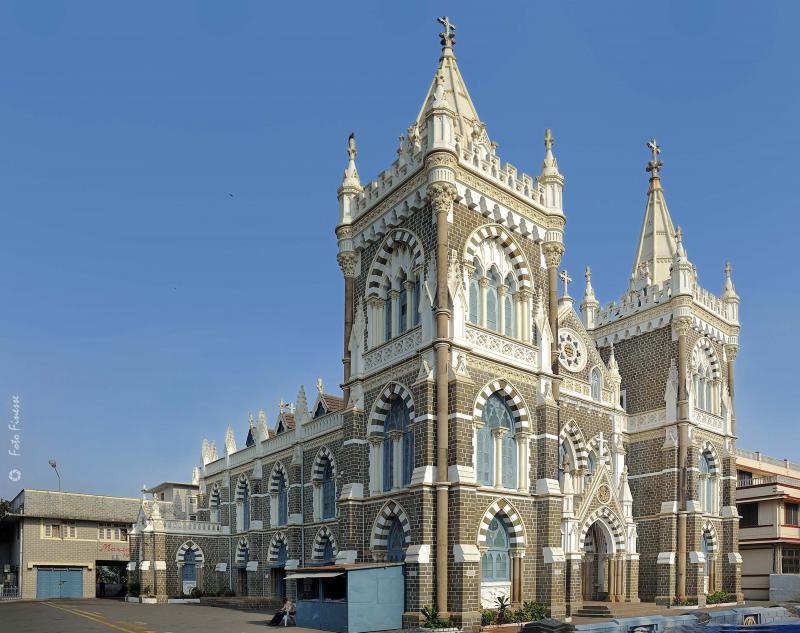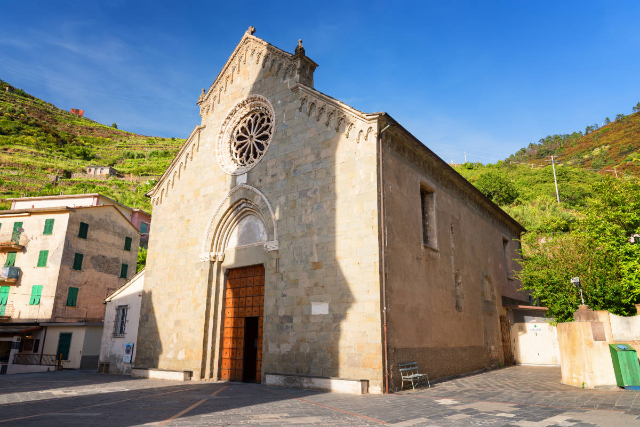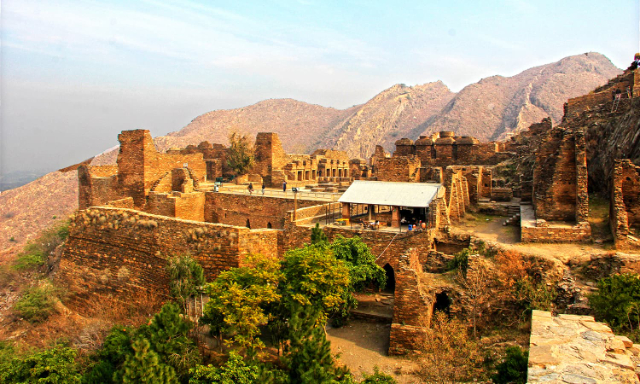In the heart of one of Syria’s dead cities, the remains of an ancient 5th century cathedral take you directly back to medieval masterpieces, Romanesque, even French Gothic. Fifty kilometres from the war-torn Aleppo, in the town of Qalb Lozeh, the remains of the church of the same name tell us of a work that once had a large arched entrance flanked by twin towers with a large central nave in the middle. An architectural structure that, according to a report by the French agency Afp that went to visit it, immediately after the dramatic fire that devastated Notre-Dame in Paris, makes that ancient cathedral of the Middle East now reduced to a ruin can be considered the ancestor of the jewel of the Ile de la Cité, and many other masterpieces of European Christian architecture of the Middle Ages.
It is thought that Qalb Lozeh’s is even the best example of Byzantine architecture of the Syrian era: it may have been the source of inspiration for several Romanesque and Gothic cathedrals in Europe, including the symbol of Paris. The work that stands in north-western Syria near the Turkish border since 2011 has been included in the list of UNESCO World Heritage Sites along with other churches and ruins of ancient northern villages, which in recent years have sadly become the scene of war.
That of Qalb Lozeh, of early Christian origin, is believed to have been surrounded by a high wall and was a stopover for pilgrims on their way to Qal’at Sim’an for the relic of Saint Simeon stylite.
